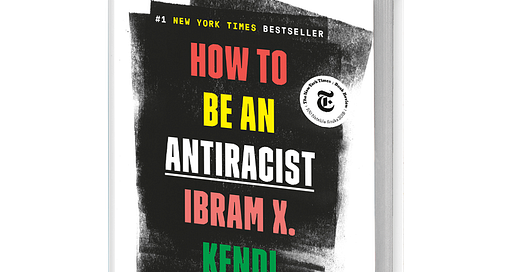In How to be an antiracist, Ibram Kendi assumes that racial inequities are the result of racist policies and attitudes. In today’s commentary, I critique this assumption by attempting to explain the historic, economic, and cultural factors that have caused racial inequality in the United States today. Readers may also be interested in my previous commentary on Kendi.
The forty acres and a mule that were not delivered
In the aftermath of the abolition of slavery in the USA, Radical Republicans called for the distribution of forty acres of land to the emancipated slaves. In the context of the agricultural economy of the time, a broad-based distribution of agricultural land, accompanied by technical support and credit, would have led to a significant increase in the number of black middle-class farmers, placing the black community in a strong position to adapt to the emerging industrialization and concentration of industry.
It would have been necessary for the federal gov…



